An ammonia trail to exoplanets
Wednesday, 08 November 2023 06:14 They reveal the origin of wine, the age of bones and fossils, and they serve as diagnostic tools in medicine. Isotopes and isotopologues - molecules that differ only in the composition of their isotopes - also play an increasingly important role in astronomy. For example, the ratio of carbon-12 (12C) to carbon-13 (13C) isotopes in the atmosphere of an exoplanet allows scientists to infer the dis
They reveal the origin of wine, the age of bones and fossils, and they serve as diagnostic tools in medicine. Isotopes and isotopologues - molecules that differ only in the composition of their isotopes - also play an increasingly important role in astronomy. For example, the ratio of carbon-12 (12C) to carbon-13 (13C) isotopes in the atmosphere of an exoplanet allows scientists to infer the dis Calling all Eclipse Enthusiasts: Become a NASA Partner Eclipse Ambassador!
Wednesday, 08 November 2023 06:14 Are you an astronomy enthusiast or undergraduate student with a passion for sharing space science? We are excited to share with you a wonderful opportunity to become an official NASA Partner Eclipse Ambassador and help your community experience the awe and wonder of science.
In this exciting NASA partnership funded through NASA's Science Activation program, undergraduate students and exper
Are you an astronomy enthusiast or undergraduate student with a passion for sharing space science? We are excited to share with you a wonderful opportunity to become an official NASA Partner Eclipse Ambassador and help your community experience the awe and wonder of science.
In this exciting NASA partnership funded through NASA's Science Activation program, undergraduate students and exper New nanosatellite to test novel AI technologies on board
Wednesday, 08 November 2023 06:14 After more than two years of development, the nanosatellite SONATE-2 is about to be launched. The lift-off into orbit by a rocket is expected in March 2024. The satellite was designed and built by a team led by aerospace engineer Professor Hakan Kayal from Julius-Maximilians-Universitat (JMU) Wurzburg in Bavaria, Germany.
JMU has been developing small satellite missions for around 20 years
After more than two years of development, the nanosatellite SONATE-2 is about to be launched. The lift-off into orbit by a rocket is expected in March 2024. The satellite was designed and built by a team led by aerospace engineer Professor Hakan Kayal from Julius-Maximilians-Universitat (JMU) Wurzburg in Bavaria, Germany.
JMU has been developing small satellite missions for around 20 years Ireland's first satellite on its way to launch
Wednesday, 08 November 2023 06:14 After years of development with the support of the ESA Education programme, the Educational Irish Research Satellite 1 (EIRSAT-1) is set to launch in November, marking Ireland's first steps into space.
EIRSAT-1 was built by students from University College Dublin under the framework of ESA Academy's Fly Your Satellite! programme (FYS) - a fully hands-on initiative supporting university stu
After years of development with the support of the ESA Education programme, the Educational Irish Research Satellite 1 (EIRSAT-1) is set to launch in November, marking Ireland's first steps into space.
EIRSAT-1 was built by students from University College Dublin under the framework of ESA Academy's Fly Your Satellite! programme (FYS) - a fully hands-on initiative supporting university stu Detect gravitational waves with an interferometric seismometer array on lunar nearside
Wednesday, 08 November 2023 06:14 In a groundbreaking development of China's manned lunar missions, the China National Space Administration is calling for possible experiments to leverage the Moon's unique properties in science. Undoubtedly, the astronomical community eagerly embraces this opportunity. A team lead by Department of Astronomy, Beijing Normal University, recently proposed a promising plan to detect gravitational wa
In a groundbreaking development of China's manned lunar missions, the China National Space Administration is calling for possible experiments to leverage the Moon's unique properties in science. Undoubtedly, the astronomical community eagerly embraces this opportunity. A team lead by Department of Astronomy, Beijing Normal University, recently proposed a promising plan to detect gravitational wa ESA further boosts RFA One across Europe
Wednesday, 08 November 2023 05:34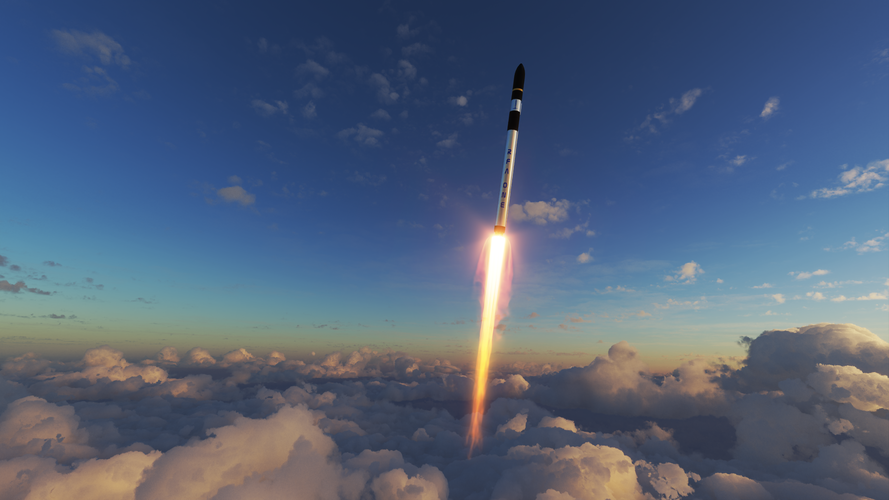
ESA has committed further Boost! Programme funding to German startup Rocket Factory Augsburg, known as RFA, for the development of commercial space transportation services based on the RFA One launch vehicle at sites in Portugal, Germany and the UK.
EU finalizing contract with SpaceX for Galileo launches
Wednesday, 08 November 2023 02:06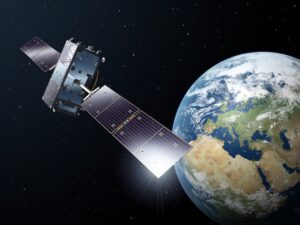

Virgin Galactic lays off staff as it focuses on next-generation suborbital vehicle
Tuesday, 07 November 2023 23:37
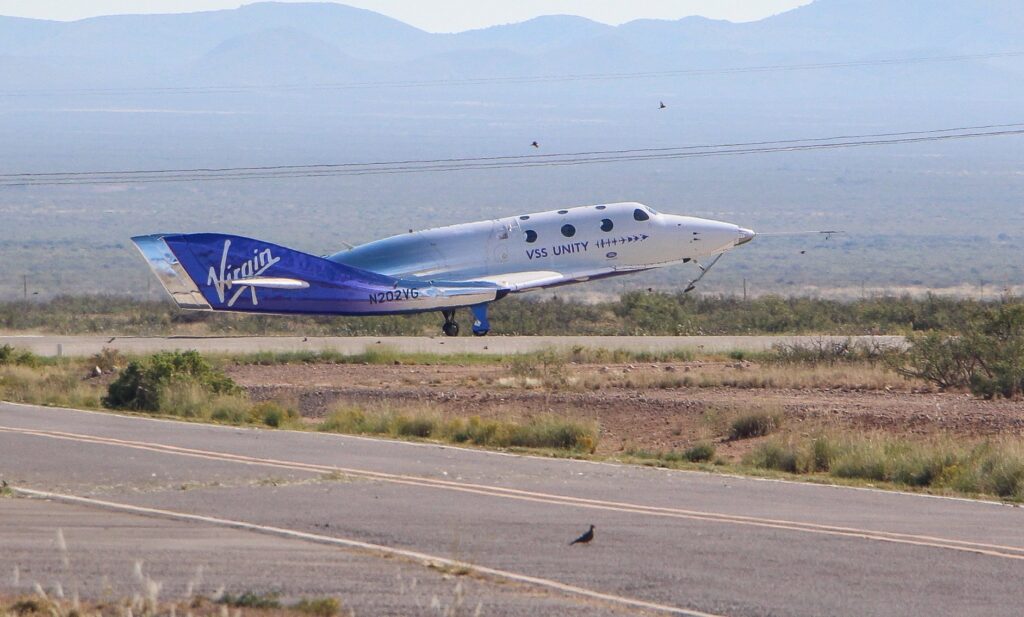
Space Force procurement chief to ‘double down’ on reforms
Tuesday, 07 November 2023 22:00

Lynk Global starts initial direct-to-device services in Solomon Islands
Tuesday, 07 November 2023 21:20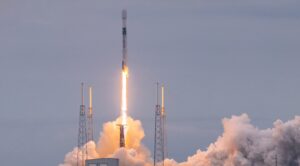
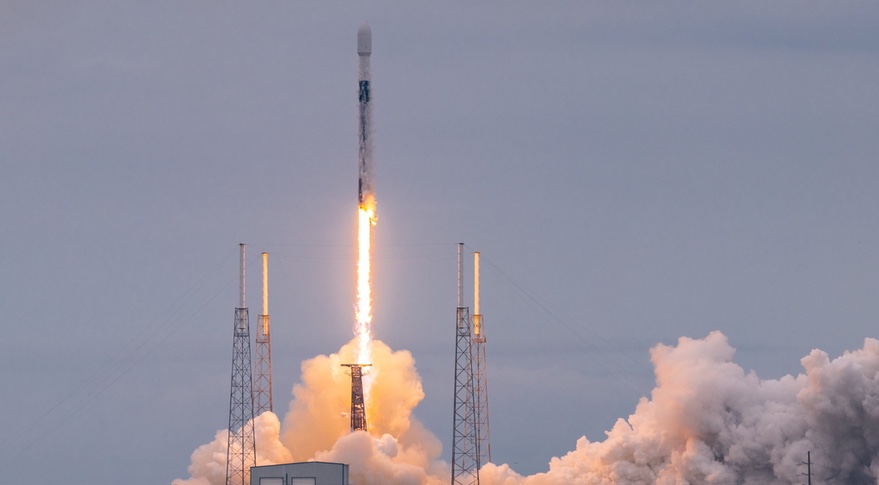
Detecting gravitational waves with an interferometric seismometer array on the lunar near side
Tuesday, 07 November 2023 20:58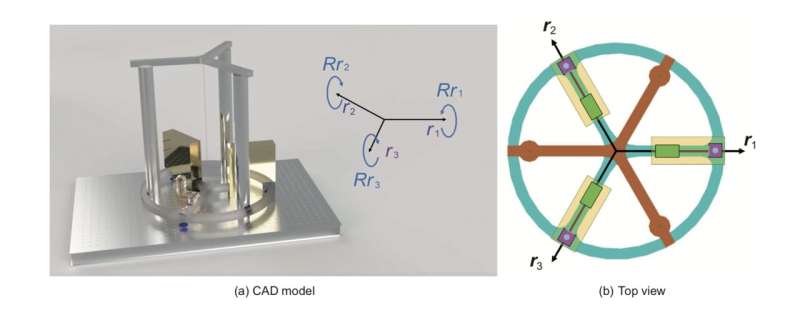
Glimpses of the 'galactic zoo': The five new Euclid images
Tuesday, 07 November 2023 14:48
The first images from Europe's Euclid space telescope released Tuesday range from a well-known nebula to never-before-seen galaxies 10 billion light years away, illustrating its wide-lens view of the universe.
Here are the five images—described by Euclid scientist Jean-Charles Cuillandre as "a range of objects from the galactic zoo in terms of diversity, colors and shapes"—starting with the closest to Earth and moving out into the cosmos.
Horsehead Nebula
A giant red horse seems to rear its head against a background of swirling stars, some still being formed in a stellar nursery.
The Horsehead Nebula—also known as Barnard 33—is 1,375 light years away.
The horse's head is in fact dark clouds in front of ultraviolet radiation coming from Sigma Orionis, which is the eastern star on the belt of the Orion constellation.
Designing a space bioprocessing system to produce recombinant proteins
Tuesday, 07 November 2023 13:30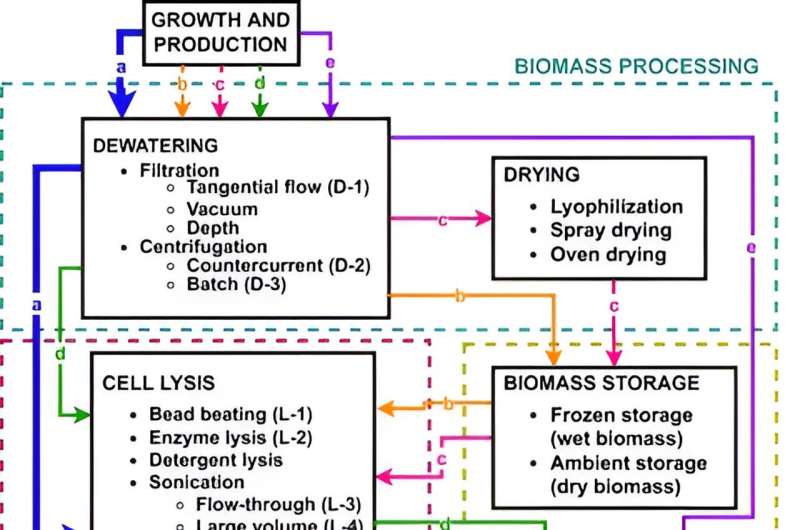
Euclid’s first images: the dazzling edge of darkness
Tuesday, 07 November 2023 13:00 Video:
00:45:00
Video:
00:45:00
ESA is releasing the first full-colour images of the cosmos captured by its recently launched space telescope Euclid. Follow live a broadcast of the reveal on Tuesday 7 November at 13:15 GMT / 14:15 CET. Never before has a telescope been able to create such razor-sharp astronomical images across such a large patch of the sky. Five images show that the telescope is ready for its mission to create the most extensive 3D map of the Universe yet and uncover some of its hidden secrets.


